- Have you tested your water?
- Yes
- If I did not test my water...
- ...I recognize that I will likely be asked to do a test, and that water tests are critical for solving freshwater health problems.
- Do you do water changes?
- Yes
- If I do not change my water...
- ...I recognize that I will likely be recommended to do a water change, and water changes are critical for preventing future freshwater health problems.
I'm inclined to believe they're not (columnaris induced) epistylis given
1. This tank has been isolated from the rest of my tanks for like a year
2. The fish seems fine with it and I'm not sure how long it's been like that
3. The dots lie flat on the body and seem to be a uniform size
The thing that throws me off is how the dots don't show up at certain angles. They definitely don't just look like messed up scales... I think?
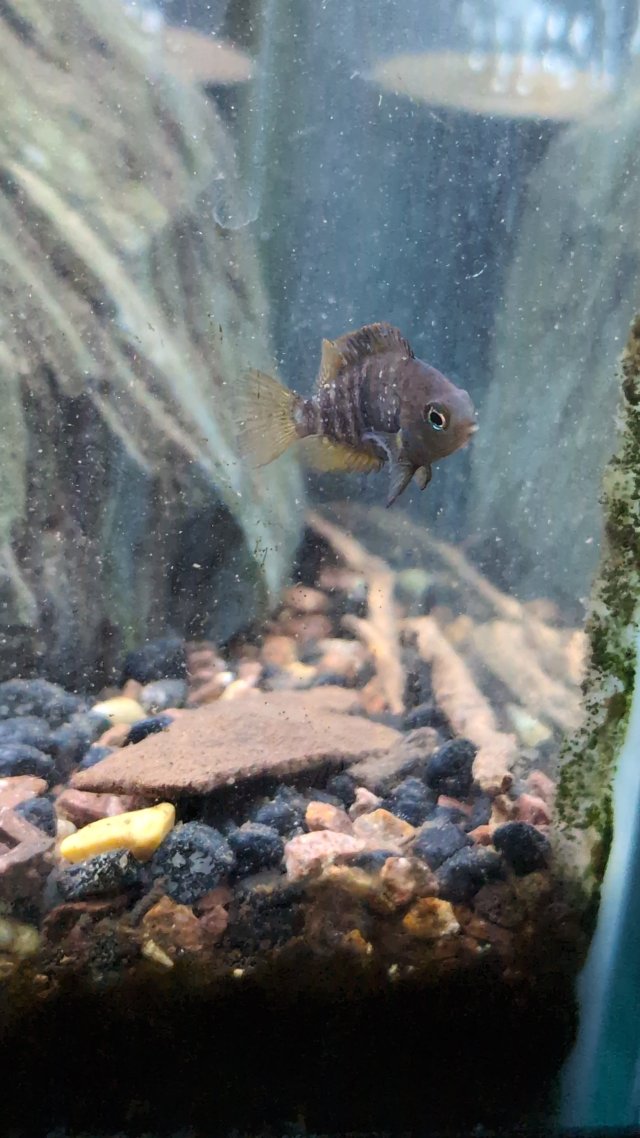
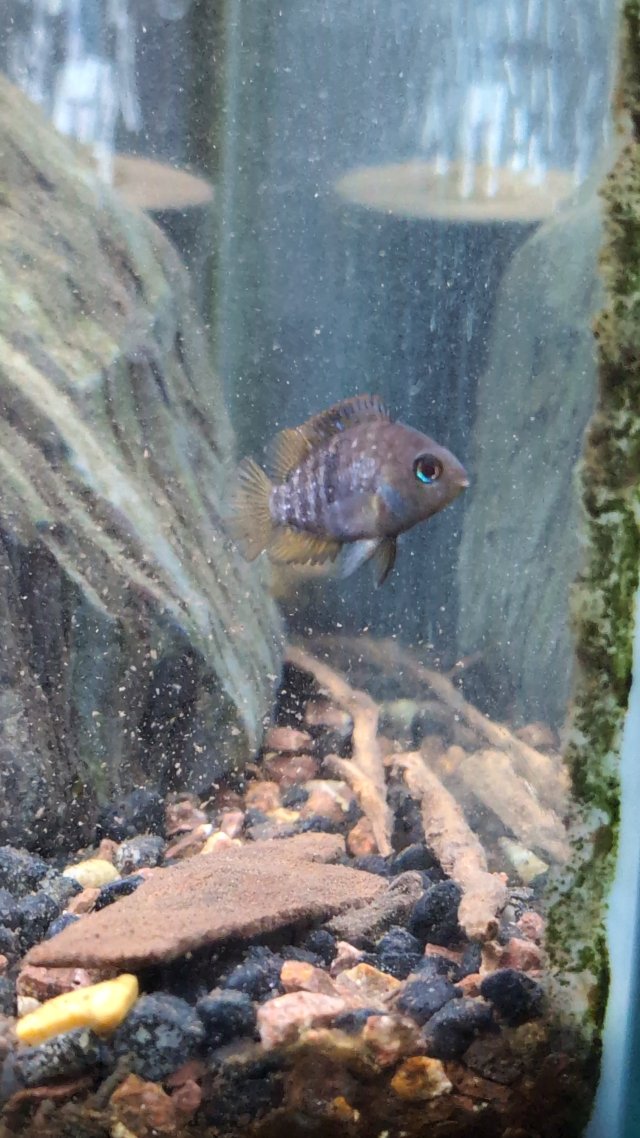
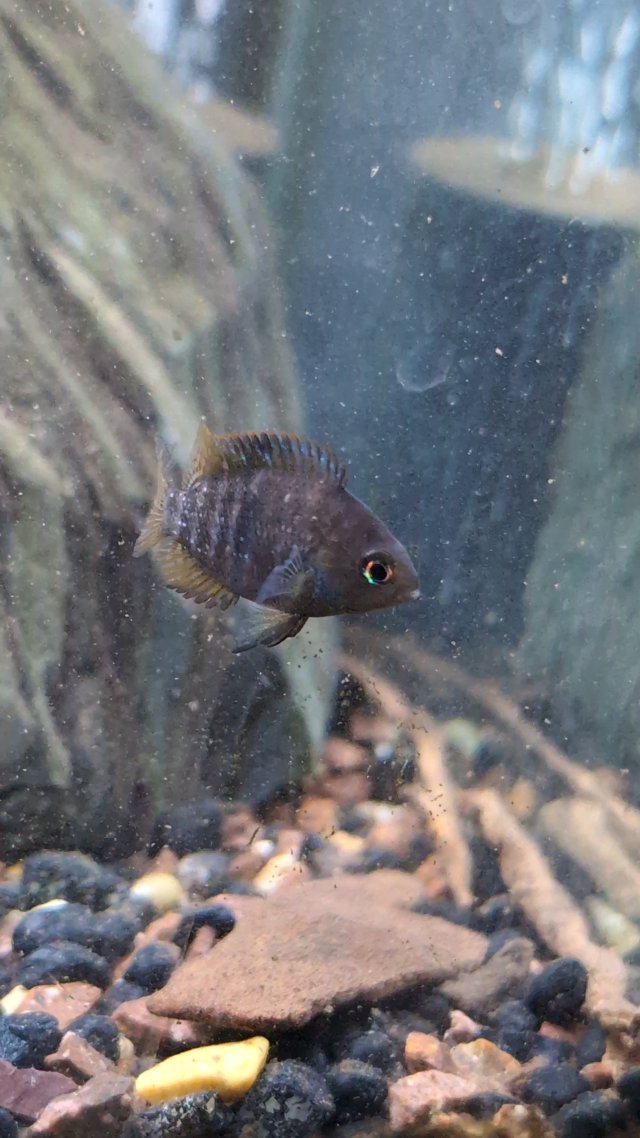
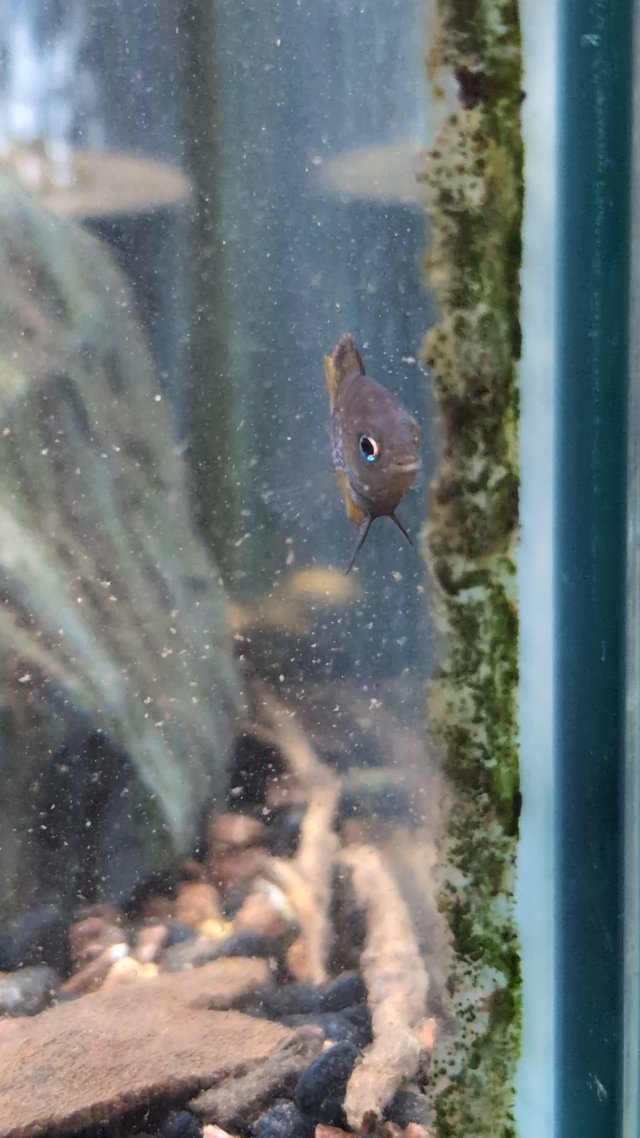
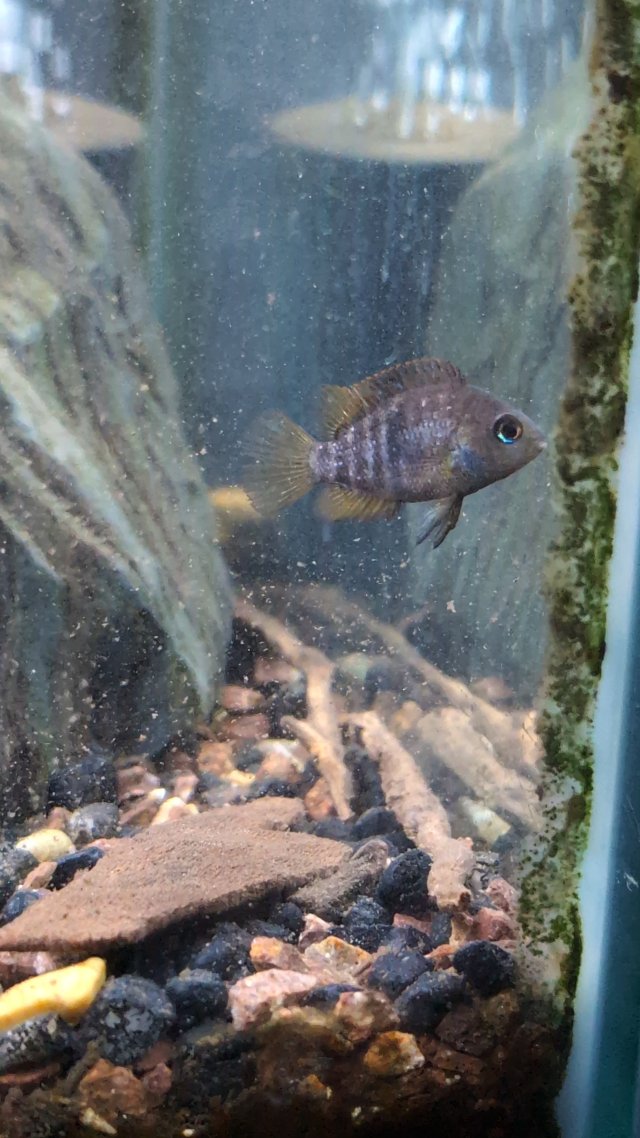
1. This tank has been isolated from the rest of my tanks for like a year
2. The fish seems fine with it and I'm not sure how long it's been like that
3. The dots lie flat on the body and seem to be a uniform size
The thing that throws me off is how the dots don't show up at certain angles. They definitely don't just look like messed up scales... I think?







